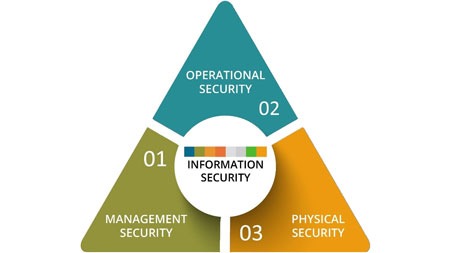
Simple steps can make the difference between losing your online accounts or maintaining what is now a precious commodity: Your privacy.
Cybersecurity threats reflect the risk of experiencing a cyberattack. A cyberattack is an intentional and malicious effort by an organization or an individual to breach the systems of another organization or individual. The attacker’s motives may include information theft, financial gain, espionage, or sabotage.
Consider the likelihood of a cyberthreat — how easy is it for attackers to carry out an attack? (This can also relate to scores in the Common Vulnerability Scoring System (CVSS) rankings released by vendors when they announce a vulnerability.)
Does it take a skilled adversary or is there an easy buy in or download to launch attacks? If skills are required, are there many attackers out there with the relevant skills or are there threat actor groups that organize to execute attacks for profit? But most important, you must ask your team and your experts locally how likely are you to detect and mitigate the threat?
In addition, consider the impact of the threat — how sensitive are the systems likely to be affected, how valuable and sensitive is the data that may be lost, and in general, what would the financial or reputation impact of an attack be?
By combining the likelihood with impact, you can identify threats that are significant to your organization and ensure you are protected.

